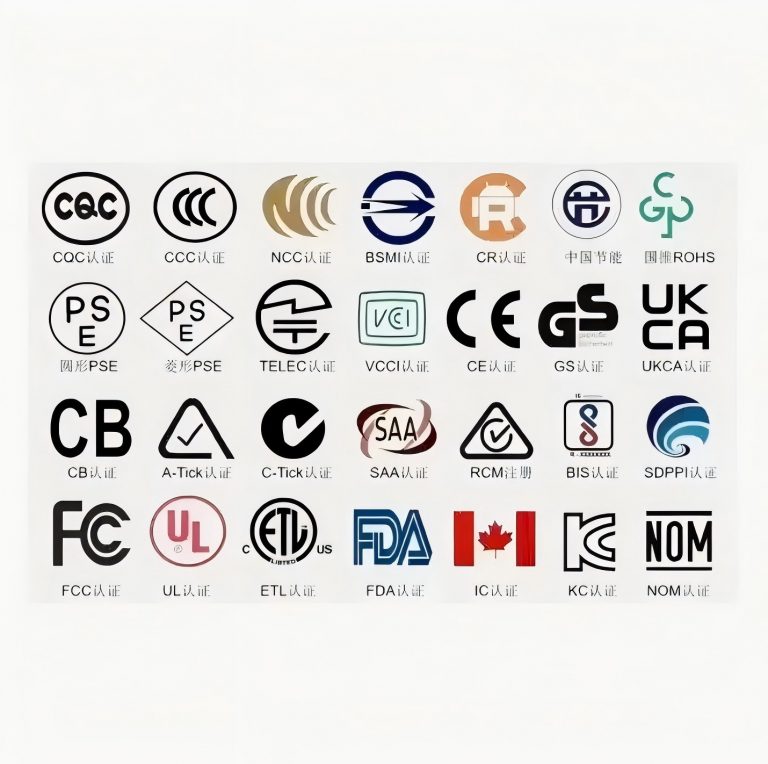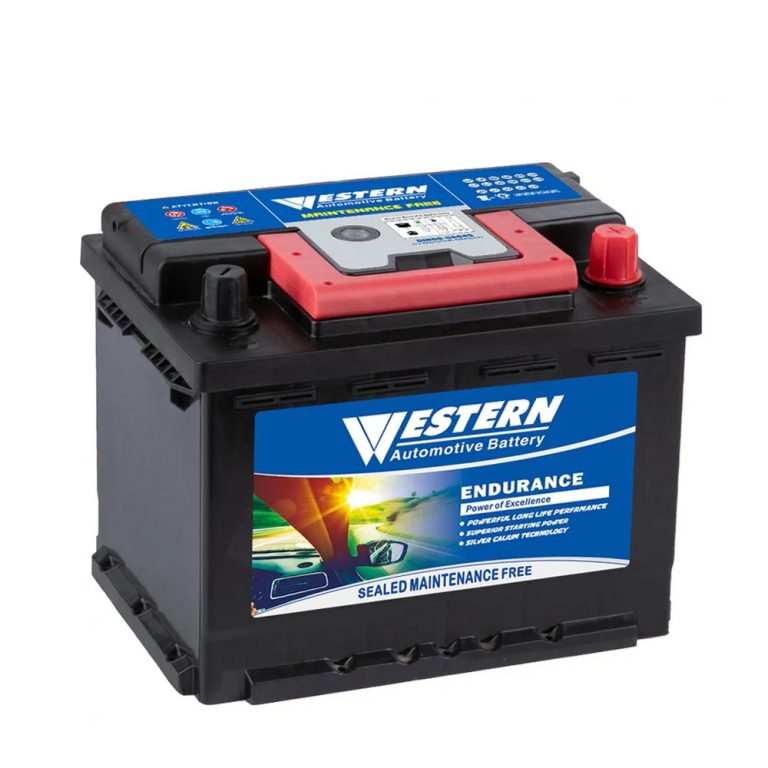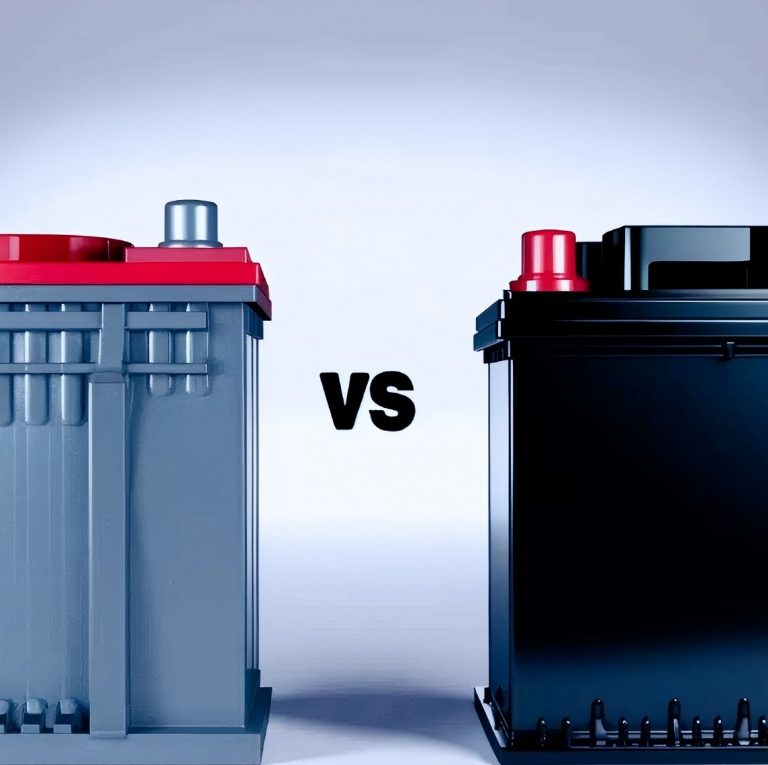Kötü bir marş pilini boşaltır mı? Nedenler, Etkiler, ve çözümler
Does a Bad Starter Drain a Pil? A starter motor is crucial for igniting your vehicle’s engine. Fakat, when it malfunctions, it can drain your battery, cause voltage drops, and even shorten battery lifespan. Many drivers overlook the impact of a faulty starter on battery performance, leading to unexpected breakdowns and costly repairs. In this article, we will explore how a faulty starter can drain your battery, discuss warning signs, and provide practical solutions to prevent battery failure.
How Does a Bad Starter Drain a Battery?
A damaged or failing starter can draw excessive current, overwork the battery, and cause electrical inefficiencies. Here are three key ways it affects battery performance:
1. Increased Current Draw
- A starter with internal short circuits or electrical faults may require significantly more power to turn the engine over.
- In a normal car, a functioning starter draws 150-200 amps momentarily. A faulty starter, however, can spike to over 300 amps, draining the battery rapidly.
- If the starter motor continues to draw power after ignition, it may cause the battery to discharge even while the engine is running.
✅ Örnek: A 12V lead-acid car battery ile 600 cold-cranking amps (CCA) can be severely weakened if the starter constantly pulls excessive current. This can reduce battery life from 3-5 years to just 1-2 yıl.
2. Voltage Drop Issues
- A faulty starter increases electrical resistance, which leads to voltage drops.
- This means that even if the battery is tamamen yüklü, it may struggle to supply adequate power to other vehicle components, such as the fuel pump, ignition system, and dashboard electronics.
- Frequent voltage drops can trigger warning lights, dim headlights, Ve difficulty starting the vehicle.
✅ Örnek: In a test conducted by Pil Üniversitesi, a vehicle with a failing starter experienced voltage drops from 12.6V to 9V under load, causing inconsistent ignition and power loss to auxiliary systems.
3. Reduced Battery Lifespan
- Frequent unsuccessful starts put extra strain on the battery, leading to sülfatlama (a chemical buildup that reduces capacity).
- A lead-acid battery typically endures 300-500 şarj döngüleri, but a faulty starter can cut this lifespan by 30-50%.
- Lityum piller (Lifepo4) used in motorcycles and high-performance vehicles suffer from deep discharges, leading to irreversible damage.
✅ Örnek: Taxi fleets that operate in cold climates report that vehicles with worn-out starters experience battery replacements every 12-18 aylar, nazaran 3-5 yıl in well-maintained vehicles.
Symptoms of a Faulty Starter
If you suspect starter issues, look for these warning signs:
1. Starter Motor Won’t Turn
- The most obvious symptom: when you turn the key or press the ignition button, the engine doesn’t respond.
- Often caused by internal short circuits or a seized motor.
2. Hard Starting or No Start
- Even if the starter turns, the engine may struggle or fail to start.
- This could be due to insufficient power supply caused by voltage drops.
3. Clicking or Grinding Noises
- A clicking sound when turning the key suggests that the starter solenoid is engaging but failing to crank the engine.
- A grinding noise may indicate worn-out gears, leading to incomplete engine turnover.
✅ Örnek: Mechanics often report vehicles with starters making “rapid clicking” noises dolayı low battery voltage or solenoid failure.
4. Battery Drains Even When the Car Is Off
- If the battery depletes overnight or within hours, the starter may have an internal electrical leak, causing a parasitic drain.
- This leads to constant battery depletion even when the car is parked.
✅ Örnek: In a garage diagnostic, a customer’s car showed 0.3A of continuous draw from the starter circuit overnight, resulting in battery drain within 24 saat.
5. Overheating Starter Motor
- A starter that is excessively hot to the touch may be drawing current continuously, even when the engine is running.
- This can cause smoke, burning smells, or even an electrical fire in severe cases.
Preventing Battery Drain from a Faulty Starter
1. Check the Battery First
- Before blaming the starter, ensure that the battery is tamamen yüklü (12.6V or higher) and holds a charge.
- Kullanın multimetre to test voltage drop during startup. If it drops below 9V, it could indicate either a weak battery or excessive starter current draw.
2. Inspect Electrical Connections
- Loose or corroded battery terminals can mimic starter failure.
- Clean battery terminals and ensure good grounding to avoid unnecessary resistance.
3. Test the Starter Solenoid
- The solenoid engages the starter motor; if it fails, the motor won’t spin.
- A simple bench test can verify whether the solenoid engages properly.
4. Avoid Frequent Short Trips
- Short drives don’t give the alternator enough time to recharge the battery after a hard start.
- This gradually depletes the battery and accelerates starter and battery wear.
5. Replace the Starter Before It Fails Completely
- A failing starter puts stress on the battery, and replacing it early can prevent premature battery failure.
- Oem (Original Equipment Manufacturer) starters last 100,000-150,000 miles, while cheap aftermarket starters may fail within 50,000 miles.
✅ Cost Analysis:
- Starter Motor Replacement: $200-$600 (depending on vehicle make)
- Battery Replacement: $100-$300
- Long-Term Savings: Preventing unnecessary battery replacements can save $200-$500 over five years.
Don’t Ignore Starter Issues
A faulty starter is more than just a nuisance—it can drain your battery, cause frequent breakdowns, and lead to expensive repairs. By recognizing early warning signs and performing routine checks, you can extend your battery life and prevent costly failures.
🔧 Kilit çıkarımlar:
✅ Excessive current draw from a faulty starter accelerates battery depletion.
✅ Voltage drops lead to weak starts and potential engine ignition issues.
✅ Parasitic drain from an electrical short can kill the battery overnight.
✅ Regular starter maintenance and timely replacement can save money in the long run.
💡 Have you ever dealt with a failing starter or unexpected battery drain? Share your experience in the comments! 🚗🔋


















